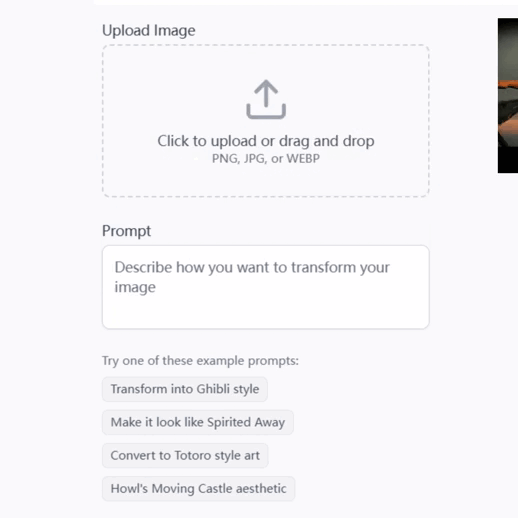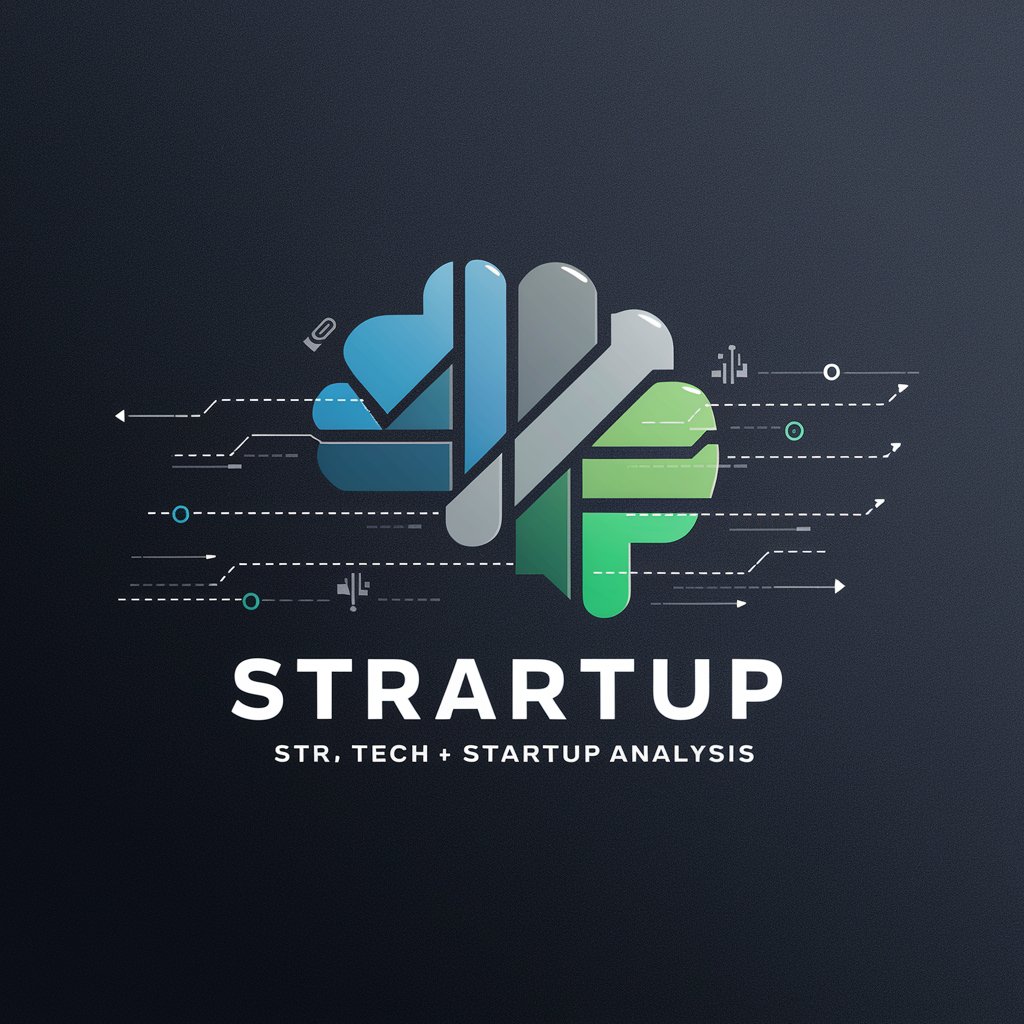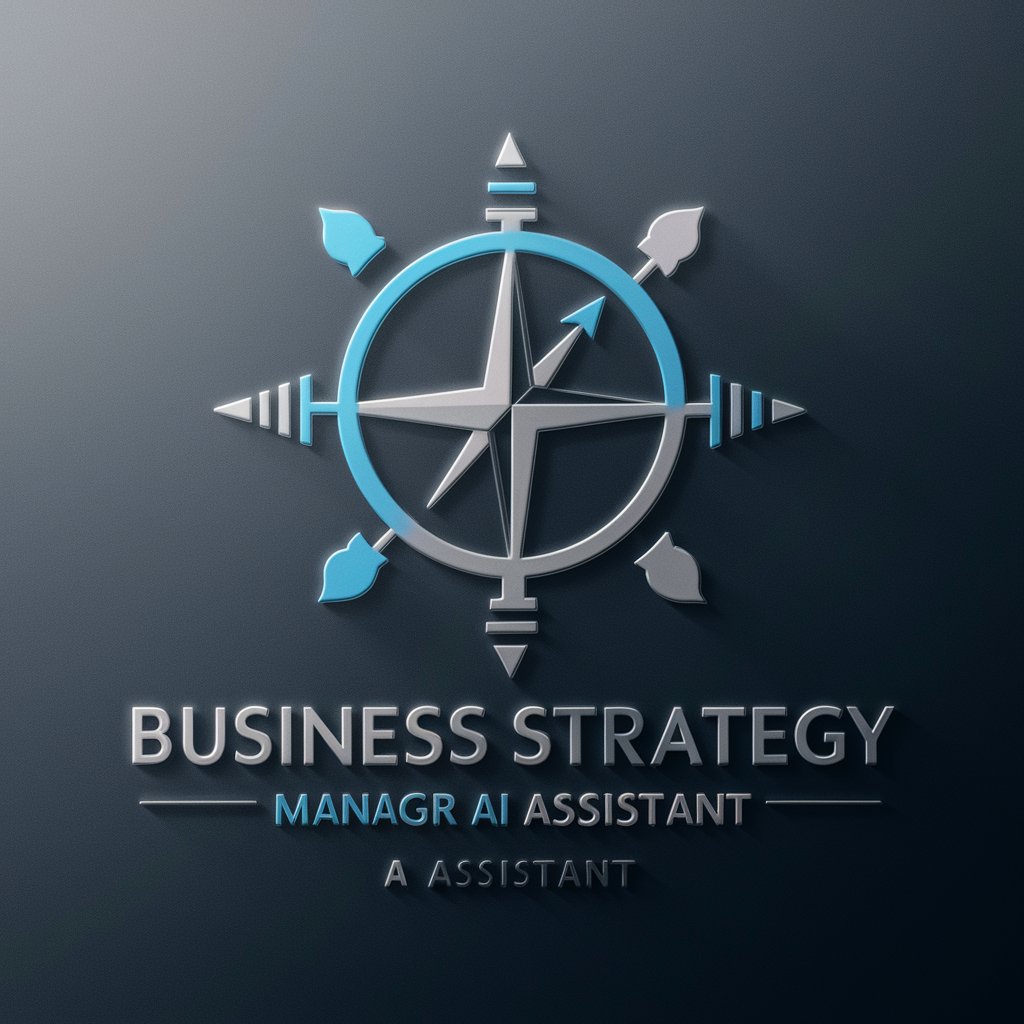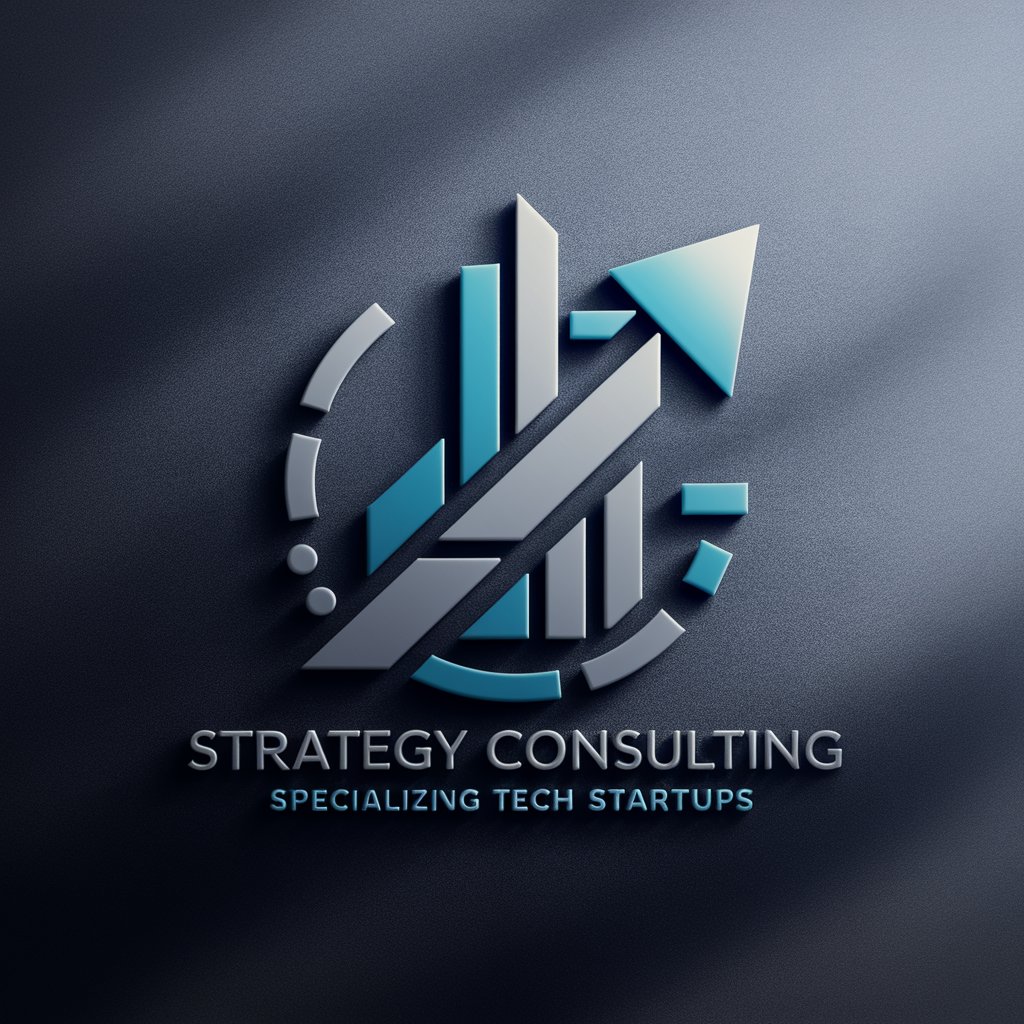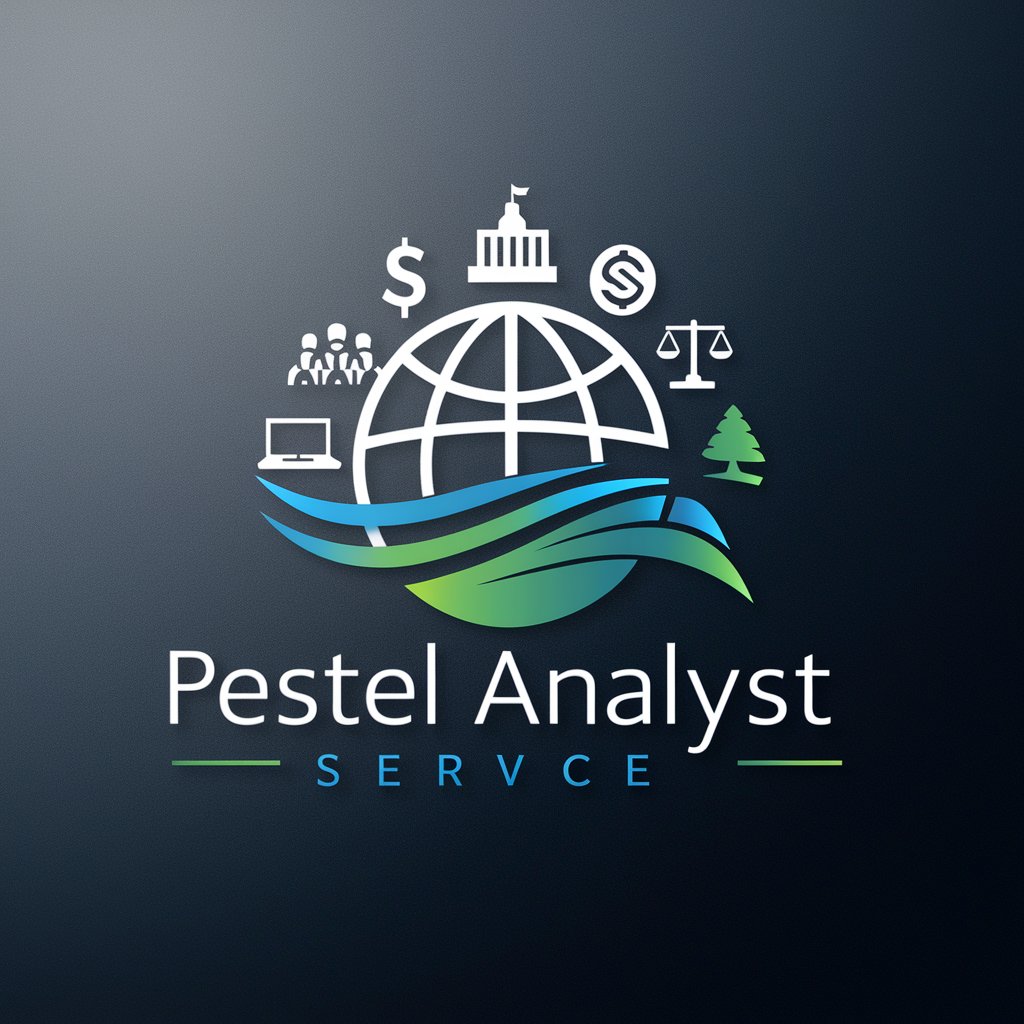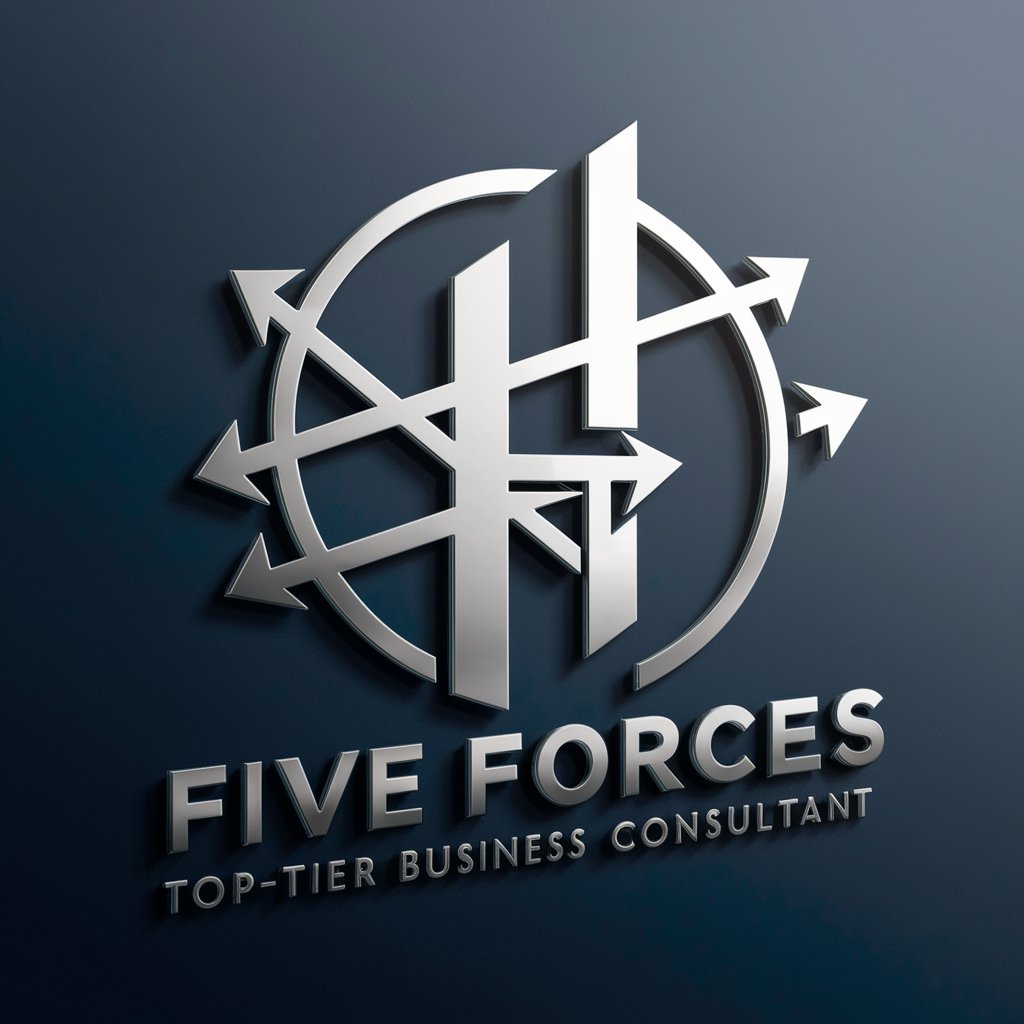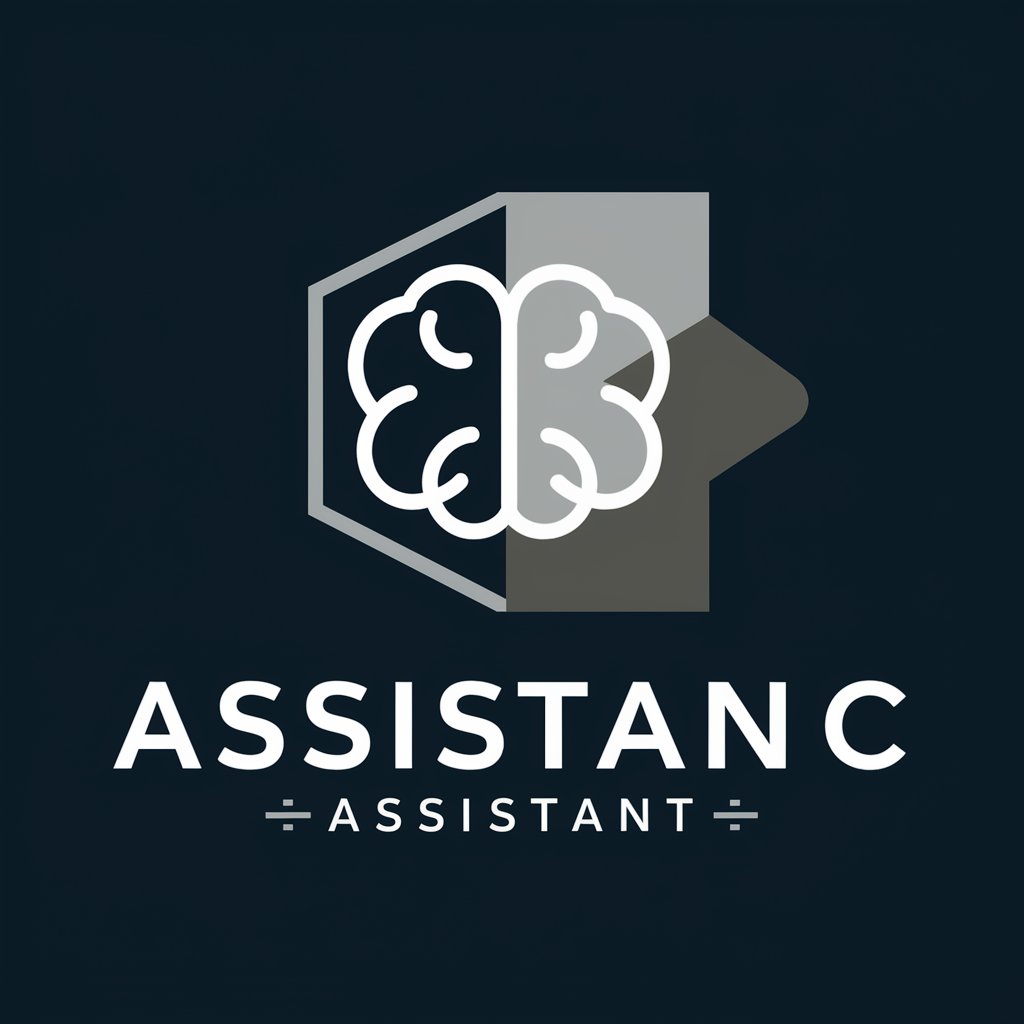
Business Strategy - SWOT, PESTLE, BCG Matrix, etc. - SWOT, PESTLE, BCG Analysis
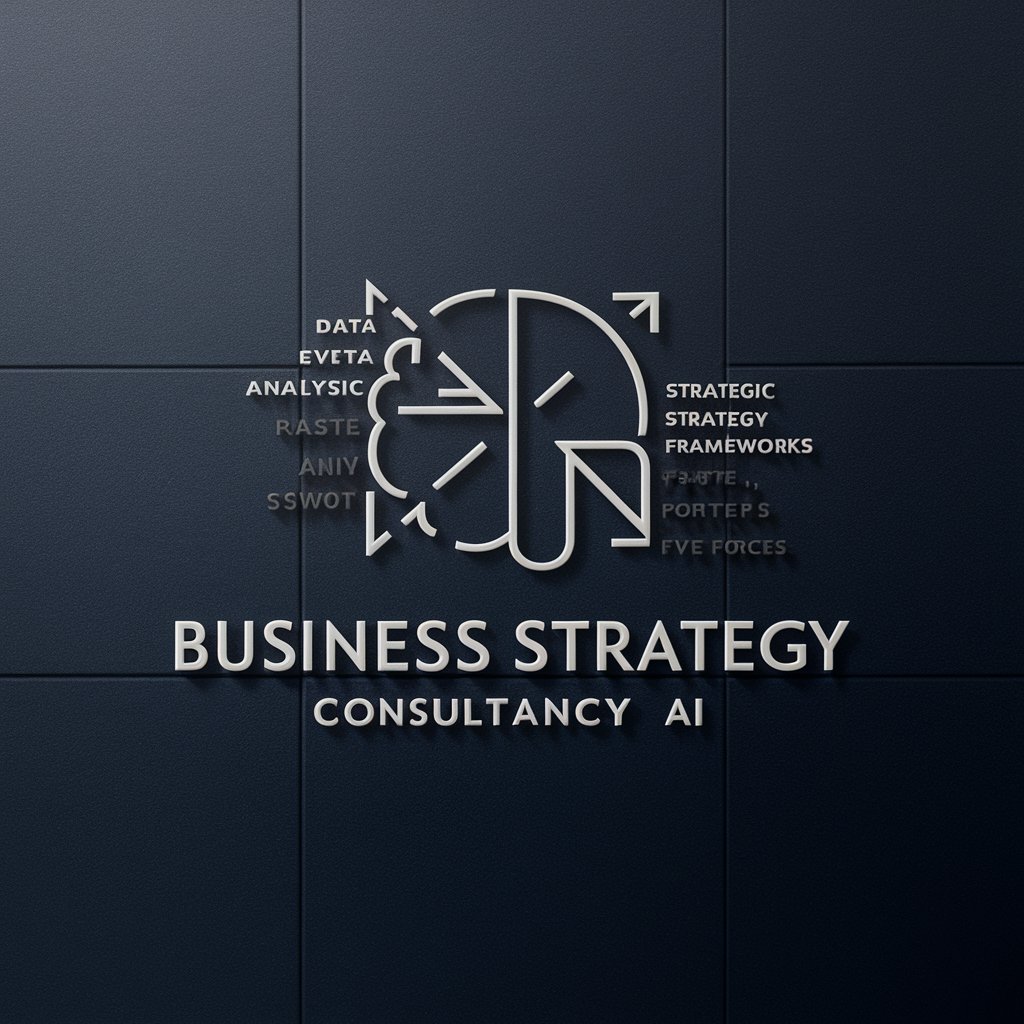
Hello, I'm here to assist with your business strategy analysis.
Strategize Smartly with AI-Powered Insights
How can I use the SWOT analysis to evaluate my business?
What are the latest trends in my industry?
Can you help me analyze my competitors using Porter’s Five Forces?
What strategic recommendations would you make for my startup?
Get Embed Code
Introduction to Business Strategy Tools
The suite of tools such as SWOT, PESTLE, and BCG Matrix is designed to aid businesses in strategic planning and decision-making. SWOT Analysis helps identify strengths, weaknesses, opportunities, and threats related to business competition or project planning. PESTLE Analysis examines the external macro-environmental factors that might affect a business, categorized into Political, Economic, Social, Technological, Legal, and Environmental influences. The BCG Matrix helps businesses evaluate different segments based on their market growth and market share. These tools collectively aim to provide a structured way of analyzing a company’s internal and external environment, aiding in strategic alignment and competitive positioning. For instance, a startup might use SWOT to assess its position in the market, while a multinational may rely on PESTLE to understand global operational risks. Powered by ChatGPT-4o。

Core Functions and Application Scenarios
SWOT Analysis
Example
A technology startup can use SWOT to identify its technological strengths, market entry barriers as weaknesses, emerging tech trends as opportunities, and established competitors as threats.
Scenario
Applied during the initial stages of startup planning, SWOT helps in crafting strategies that leverage strengths, mitigate weaknesses, harness opportunities, and defend against threats.
PESTLE Analysis
Example
A manufacturing firm expanding to a new country might use PESTLE to assess the impact of local tax policies, labor laws, and environmental regulations.
Scenario
Used when considering international expansion, it helps the firm anticipate operational challenges and align its strategy with local norms and regulations.
BCG Matrix
Example
A consumer goods company uses the BCG Matrix to prioritize investments among various product lines, identifying high-growth potentials and eliminating underperformers.
Scenario
Applied in portfolio analysis, the BCG Matrix directs resources towards products with the highest return on investment potential.
Target User Groups
Startups and Entrepreneurs
These users benefit from clear frameworks to validate their business models, identify market opportunities, and strategize for growth.
Established Enterprises
Large companies utilize these tools for strategic reviews, ensuring they remain competitive and can react to changing market dynamics.
Consultants and Analysts
Professionals in consulting use these frameworks to provide expert advice and strategic recommendations to clients across industries.

How to Use Business Strategy Tools
1
Visit yeschat.ai for a free trial, no login or ChatGPT Plus required.
2
Select the business strategy tool (e.g., SWOT, PESTLE, BCG Matrix) suitable for your specific business analysis needs.
3
Input necessary business data or context into the tool to customize the analysis to your company’s specifics.
4
Analyze the output, which will include strengths, weaknesses, opportunities, and threats for SWOT; external market factors for PESTLE; or product portfolio analysis for BCG Matrix.
5
Use the insights gained to make informed strategic decisions or for educational purposes to understand market dynamics better.
Try other advanced and practical GPTs
Survival Analysis Tutor
Master Survival Analysis with AI
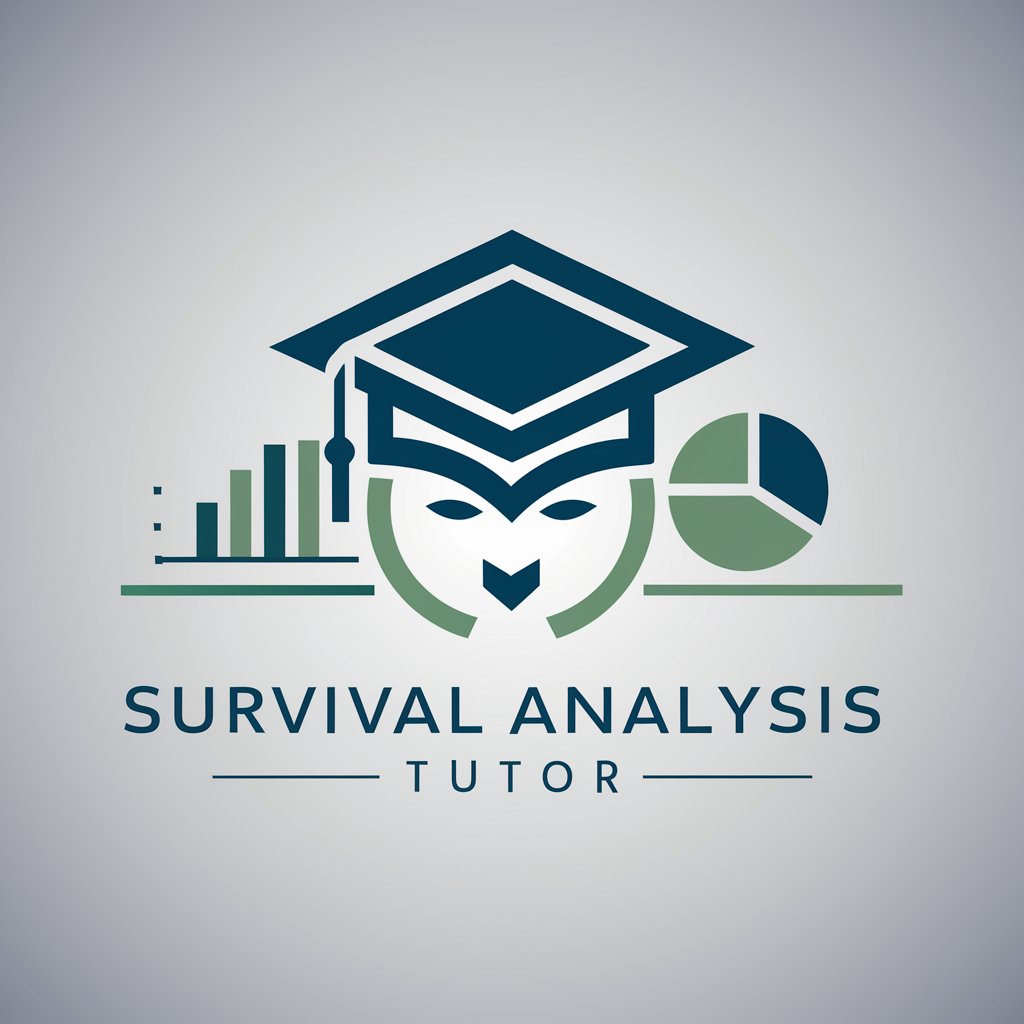
Stock Earnings Date GPT
Stay Updated with AI-Powered Earnings Insights

Colorbot
Unleash Creativity with AI
CVE Explorer
Your AI-Powered CVE Guide

Online Assessment Ace for Job Seeker
AI-powered Assessment Mastery
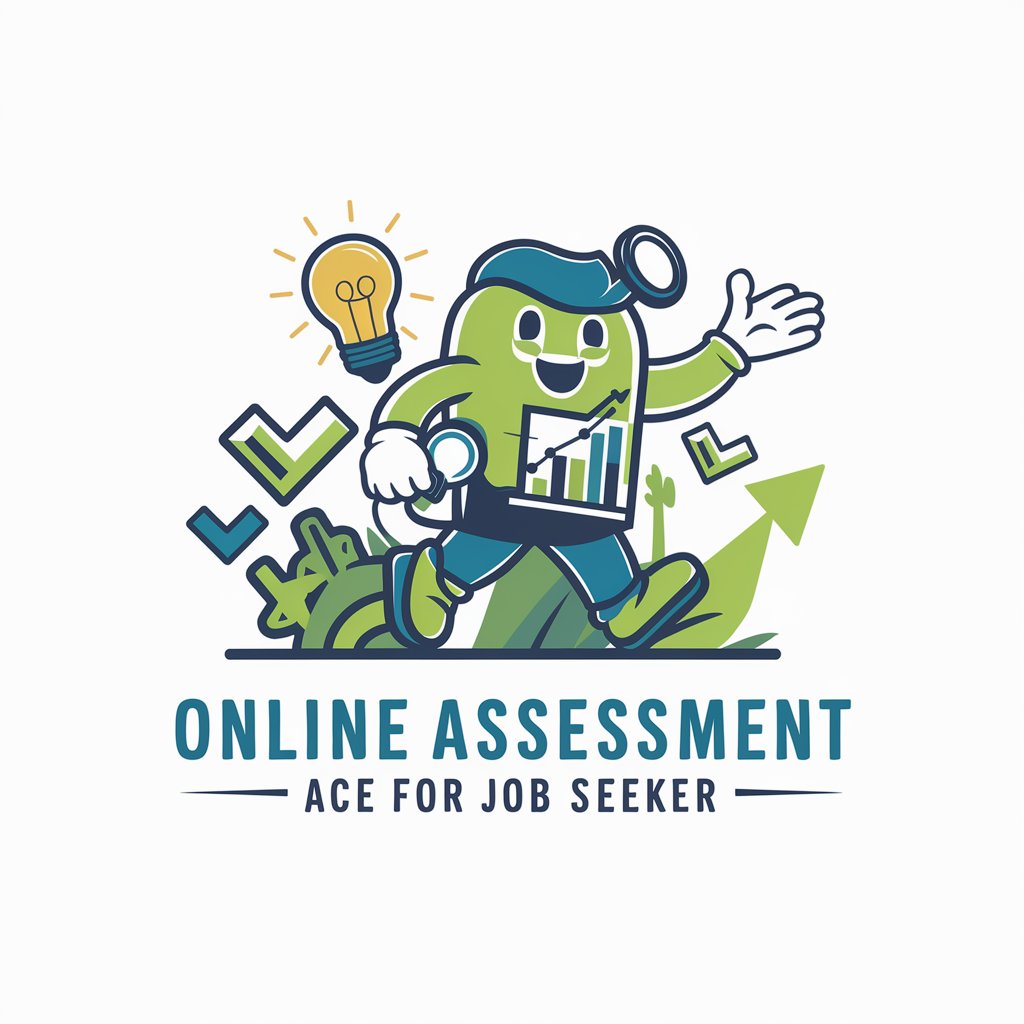
DigiGPT - Marketing For Millions
AI-powered marketing for millions
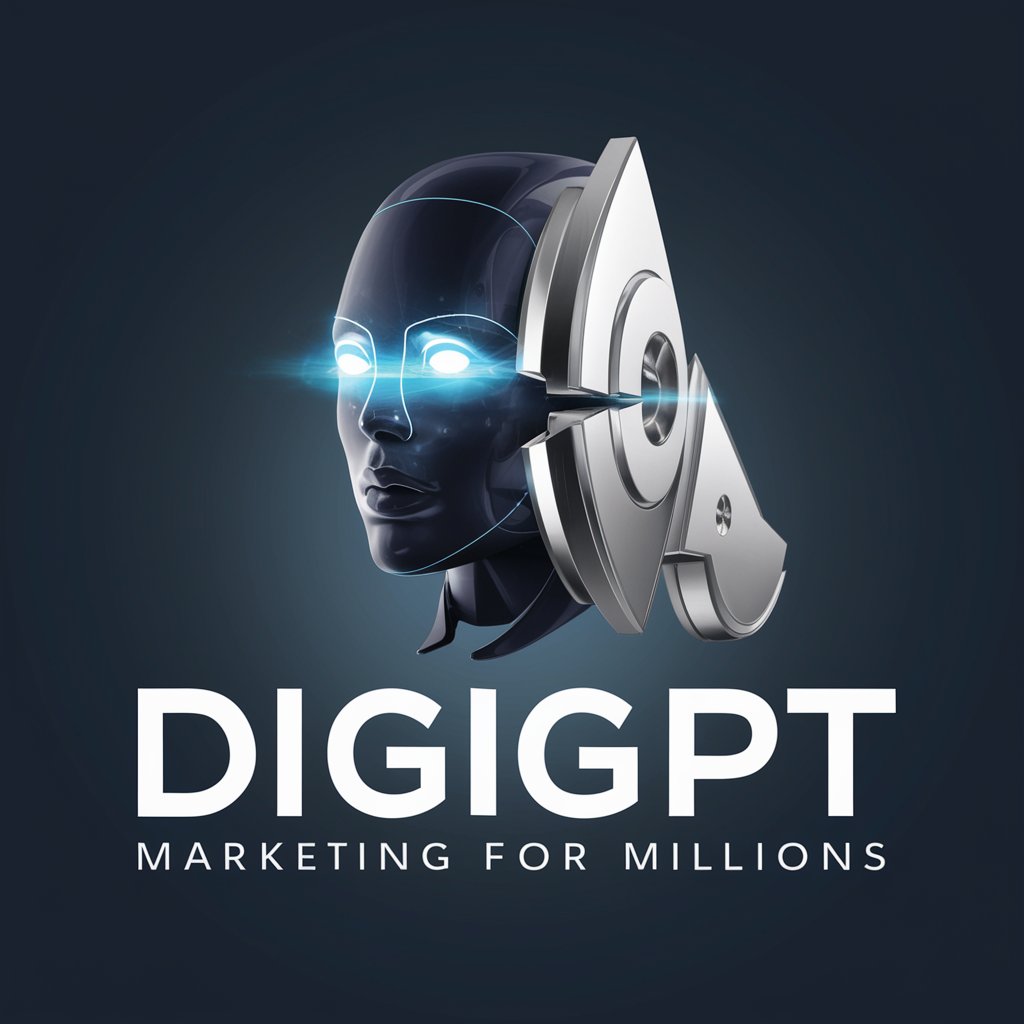
インスタ投稿分析ツール
AI-powered insights for smarter Instagram marketing
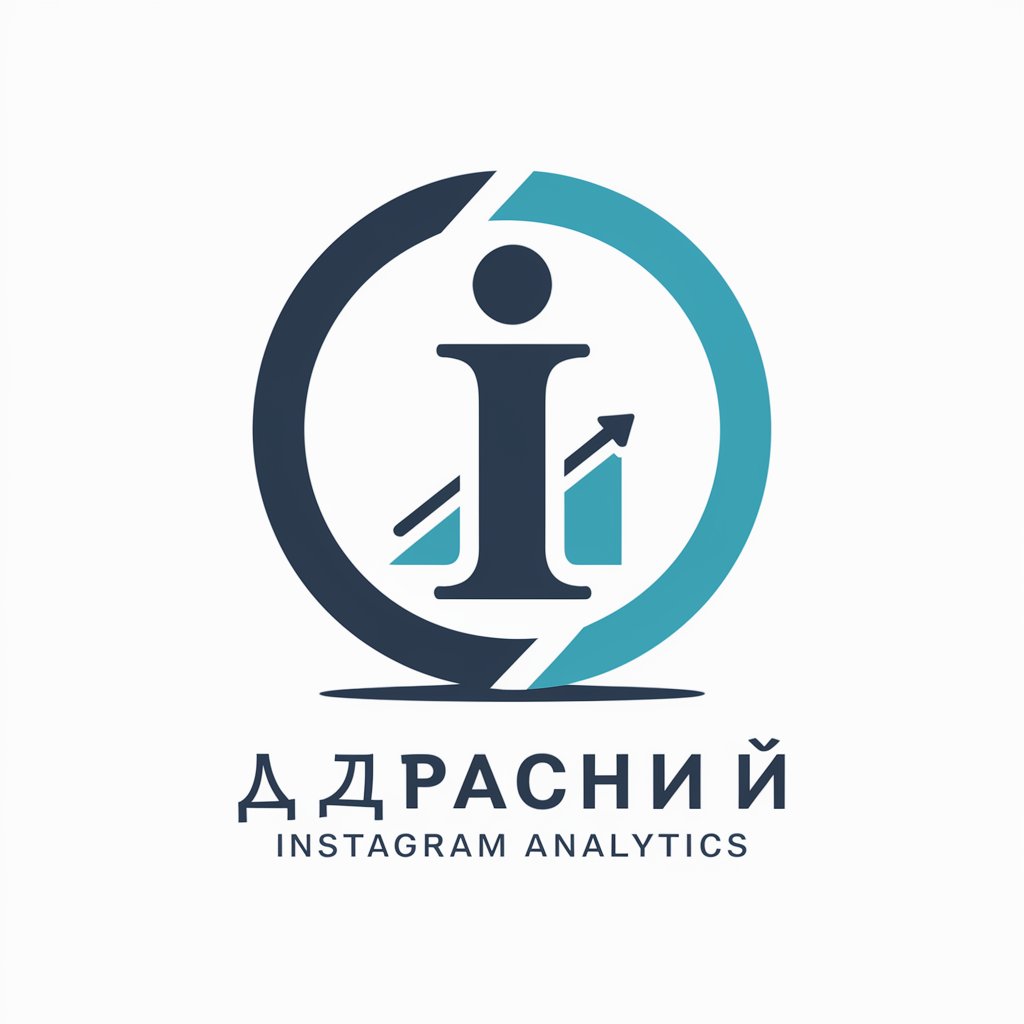
한시충
Reviving the art of classical poetry with AI.
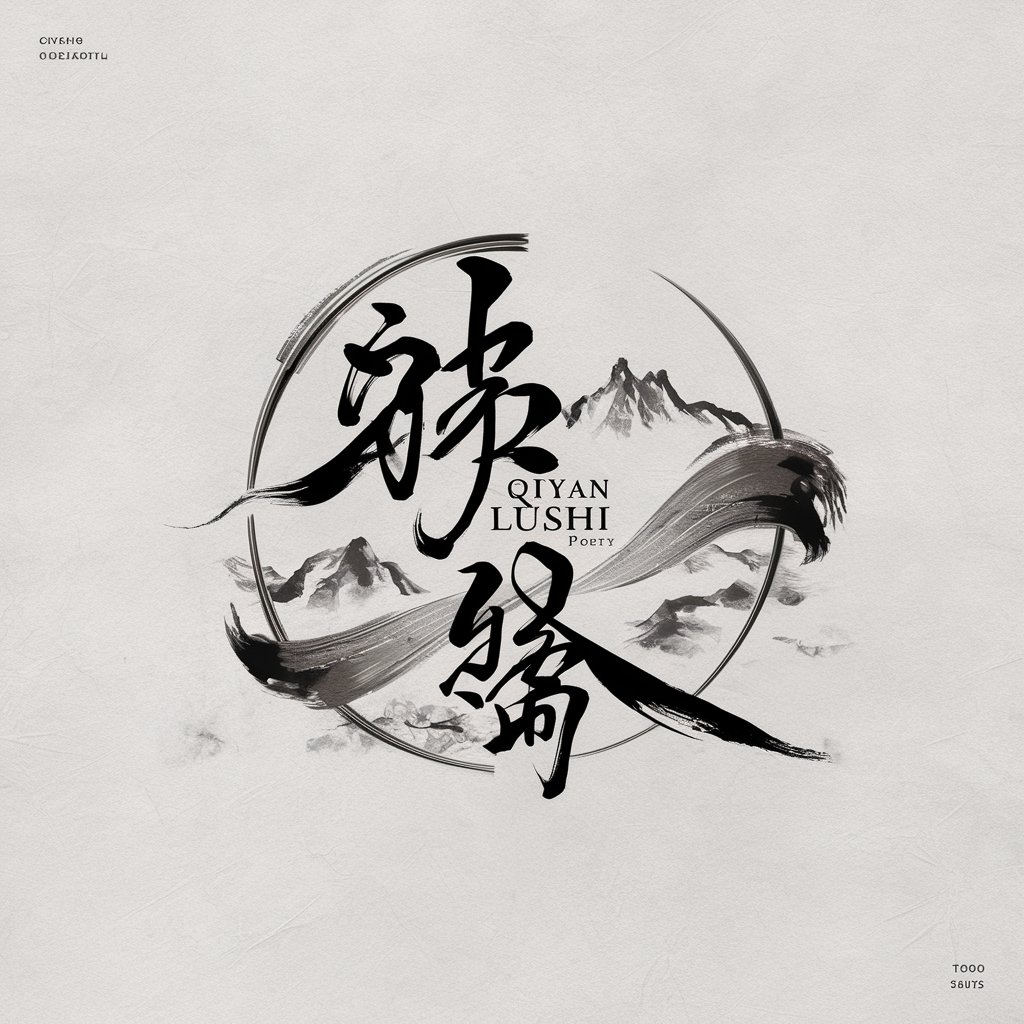
TLDR Article Analysis
Distill complex articles with AI power

Dr. Joe Dispenza
Harness your mind's full potential
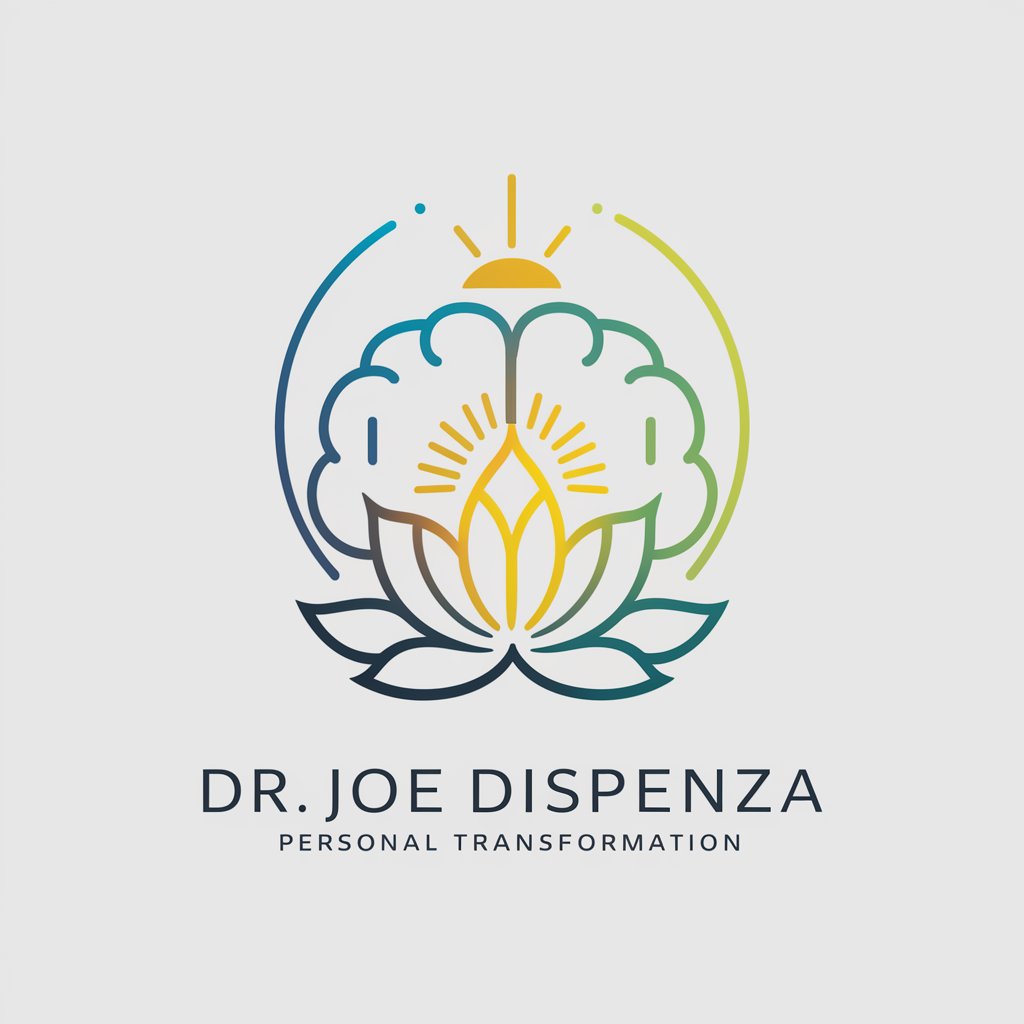
Theology
Explore Theology with AI Guidance
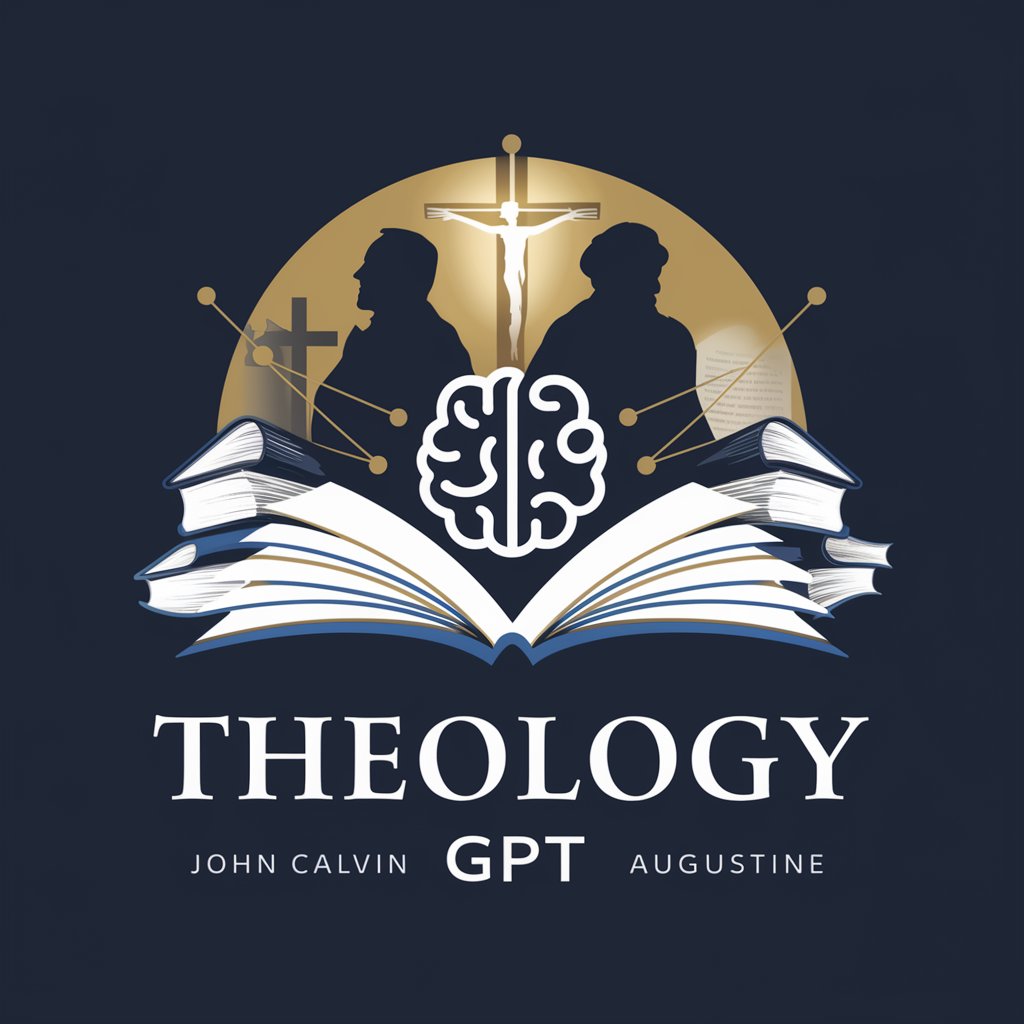
Assistant Aye
Craft Your Story with AI
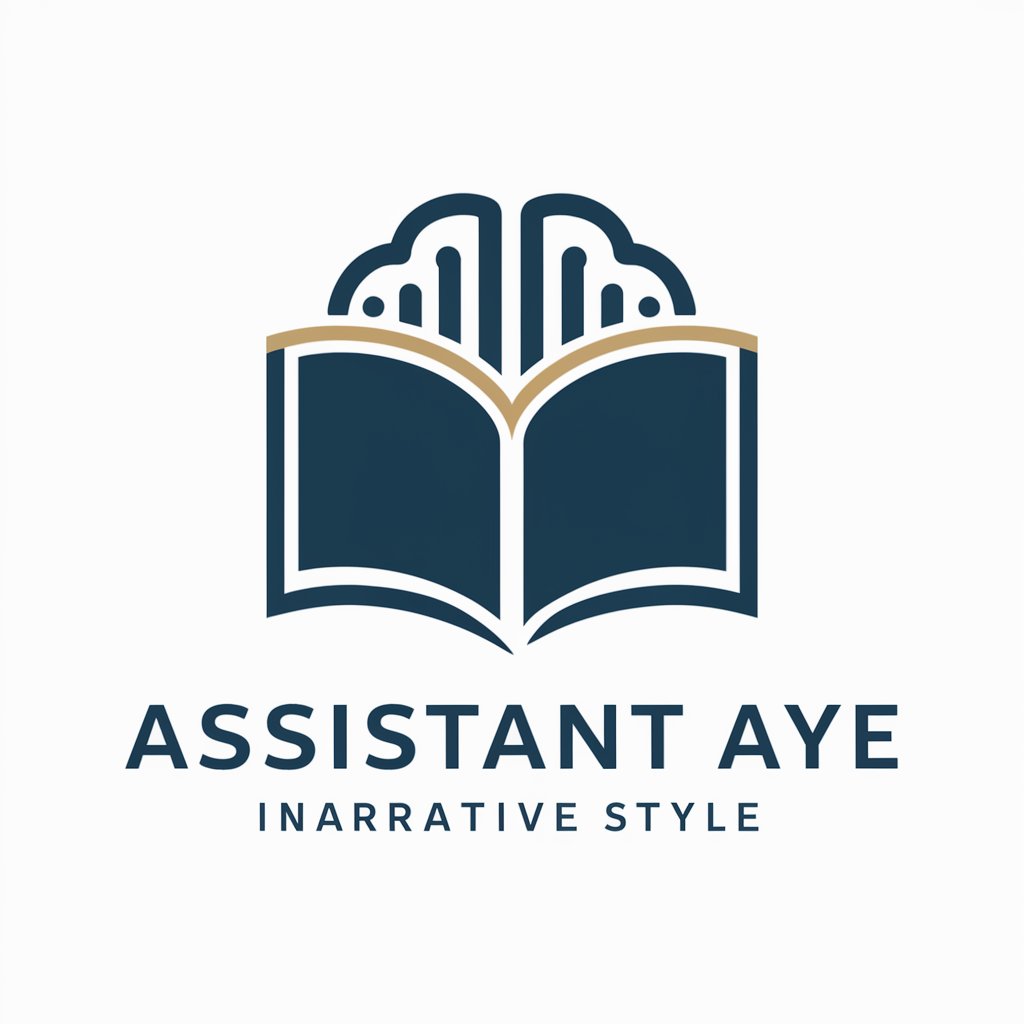
FAQs on Business Strategy Tools
What is a SWOT Analysis?
SWOT Analysis is a strategic planning tool used to identify Strengths, Weaknesses, Opportunities, and Threats related to business competition or project planning.
How does the PESTLE Analysis assist businesses?
PESTLE Analysis helps organizations to monitor and evaluate external environmental factors that impact their operations, including Political, Economic, Social, Technological, Legal, and Environmental aspects.
Can the BCG Matrix help in resource allocation?
Yes, the BCG Matrix helps businesses evaluate their product portfolio in terms of market growth and market share, assisting in efficient resource allocation among products.
What are the common use cases for Porter's Five Forces?
Porter's Five Forces is widely used for assessing industry competitiveness and profit potential by analyzing five key forces: competitive rivalry, potential entrants, power of suppliers, power of buyers, and threat of substitutes.
Why use the McKinsey 7S Model?
The McKinsey 7S Model is employed to ensure that all parts of an organization are aligned and working harmoniously towards common objectives, which is crucial during times of organizational change.
